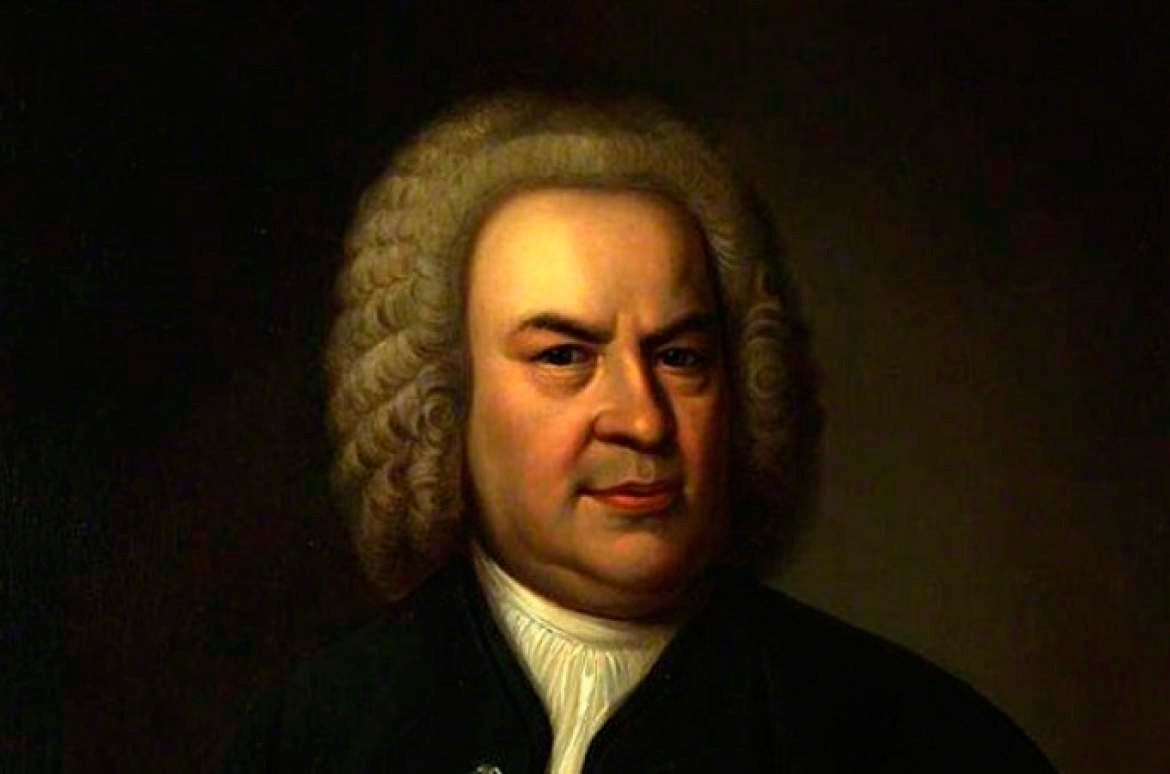Music inspired by Easter story
by George Hamilton
The Easter story has inspired many works of art. In the field of music there are plenty of stunning examples.
Johann Sebastian Bach made some of the most significant contributions, and his work stands out at this time of year.
He was the most prolific of composers. In charge of church music in the city of Leipzig, it fell to him to provide material for each Sunday’s service.
He wrote more than 200 cantatas to follow the church calendar, and of these some 25 were written for the period from Easter to Pentecost, seven weeks later.
On top of this, he would compose major set pieces for the milestones in the liturgical year.
His Christmas Oratorio was conceived as six separate pieces for six specific services over the period from the day itself to the Feast of the Epiphany on January 6.
It’s worth remembering that Bach was far from exclusively a composer of religious music.
There’s a vast catalogue that stretches all the way from the Brandenburg Concertos to the Cello Suites to confirm just how productive he was over the years.
Bach’s Easter music featured a number of different versions of the Passion of Christ, the journey of Jesus to the cross.
It was said there were five, but only two survive – the St John Passion, first heard on Good Friday 1724, and the St Matthew Passion, which came three years later.
There’s a fascinating story behind one of the Easter cantatas, which gives an insight into the way the composer worked.
Like many others, Bach was a committed recycler. When he’d got a good tune, he’d make the very best use of it.
In February 1725, he was commissioned to compose a piece for the birthday of a local Duke.
This was in Christian of Saxe-Weissenfels in the east of what is now Germany, and it was not the first time Bach had been asked to provide something special in the way of entertainment for the party.
With Easter just five weeks away, he took the music from this secular choral work and turned it into an Easter Cantata that was first heard in Leipzig on April 1.
The following year, the birthday of the city’s governor was also celebrated with a musical accompaniment by Bach, another reworking of the Duke of Saxe-Weissenfels’s commission.
Then, 10 years after it premiered, it was revised again.
Four different texts – two secular, two sacred – culminating in a crowning glory, an Easter Oratorio that fully deserves to stand on its own.
It’s upbeat opening, the first part of the only instrumental section, a sinfonia, features oboes and trumpets. Then, a slower, more reflective section provides a counterbalance, the plaintive sound of the oboe set against a sequence of motifs in the strings resembling sighs.
The scene is the tomb on Easter morning when Mary the mother of James, Mary Magdalene, Peter and John arrive to find that Jesus has risen from the dead. As the story unfolds – it’s a reflection on the meaning of the Resurrection – the four principals are joined by a choir.
The final chorus reflects the brightness of the opening. Typical of Bach, it is elegant, graceful and utterly engaging.
There’s a wealth of Easter material beyond Bach’s contributions.
Pergolesi’s Stabat Mater dates from around the time of the Easter Oratorio.
The Latin title – translated as The Mother Was Standing – tells of Mary at the foot of the cross, and her anguish, watching her son die.
Handel’s Messiah, despite its Christmas connotations, actually charts the waypoints of 12 months in the Christian calendar.
It was first performed, famously, in Dublin, not long after Easter, in 1742, just seven years after Bach’s Oratorio made its debut.
